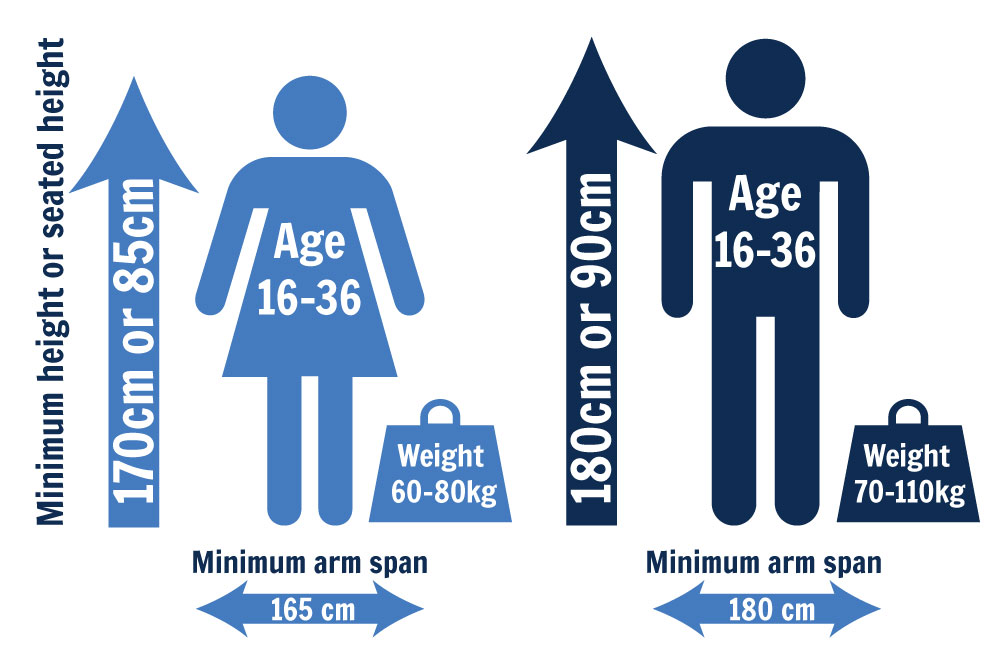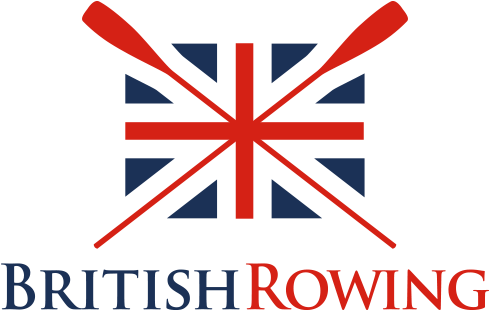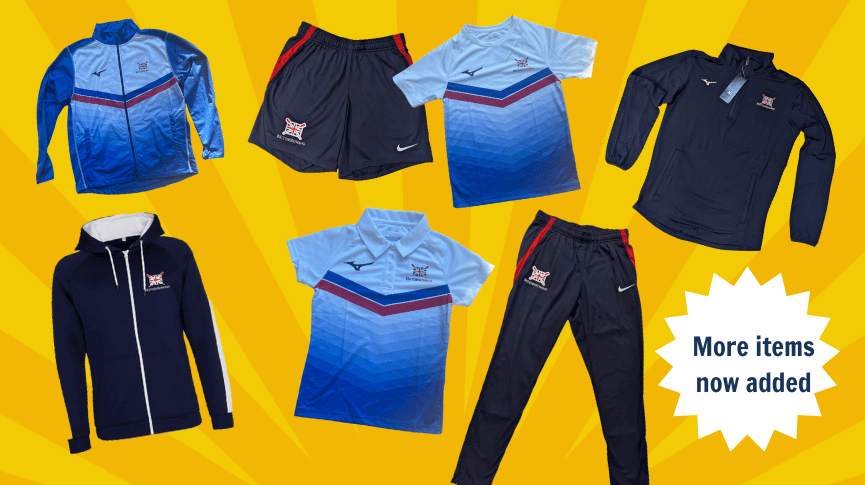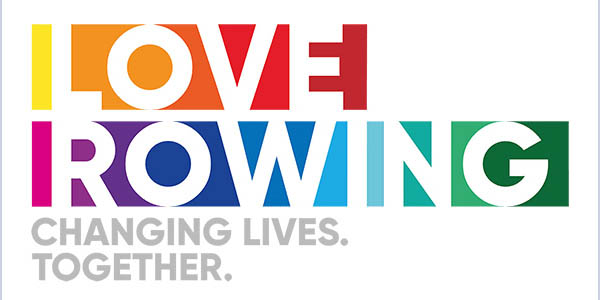GB Para-Rowing – PR1 M1x
For scullers with minimal or no trunk function who primarily propel the boat through arm and shoulder function
The Paralympic rowing team is made up from 11 athletes across four boats; the PR1 men’s and women’s single scullers, the PR2 mixed double sculls, the PR3 mixed double sculls and the PR3 mixed coxed four.
Without new athletes though, there’s a very real risk that we won’t be able to field a full team for each new Olympiad. So we’re always on the lookout for talented, driven individuals who have the right mental and physical attributes to make it as a competitive international para-rower. No rowing experience necessary!
Want to find out about our other crews in the Paralympic team?
PR1 Men’s single scull
After only taking up rowing in late 2016, Benjamin Pritchard had a phenomenal rise to the international stage.
A former cyclist and triathlete, Pritchard became paralysed from the waist down after a cycling crash in September 2016. He first took up indoor rowing during his rehab at Stoke Mandeville Hospital and was quickly spotted by British Rowing staff, joining the Para development squad in 2017.
Pritchard made his international debut for the GB Rowing Team in 2019, claiming two bronze medals at the Gavirate International Para-Regatta, before winning bronze at World Cup II. He was then selected to represent Great Britain as the PR1 men’s single sculler at the 2021 European Rowing Championships, where he took the silver medal, before finishing fifth at the Tokyo Paralympic Games.
He won the bronze medal at the European Rowing Championships and then the World Championships in 2022 and at the World Rowing Championships in 2023.
Pathway rowers
We have many rowers on our pathway programme who are training to join the Paralympic Rowing Team. Hear from one of them, Xander Van Der Poll, who had no previous experience in the sport before he applied.
Are you up for a new challenge?
We’re not going to lie, training to be an elite athlete in the GB Para-Rowing Team is not for everyone. You may well have never picked up an oar before but you’ll know that you have that inner drive and toughness to take on the challenge. If you have that, then we’ll do everything we can to get you to the start line – it’s a fantastic opportunity for the right person.
We are looking for people with commitment, passion, determination, and a desire to achieve at the highest level, who are prepared to invest in themselves and the Para-Rowing squad.
Who we’re looking for
Based on our experience, to be a successful para-rower you will match certain benchmarks set out below.

Please note: For the seated height measurement the person should be sitting on the floor.
The criteria described below will enable classification into the following Sport Classes:
| Sport Class | Competitive Disability |
|---|---|
| PR1 (Previously known as AS – Arms Shoulder) | Incomplete spinal cord lesion Complete T12 spinal cord lesion Bilateral above knee amputee |
| PR2 (Previously known as TA – Trunk Arms) | Significantly reduced knee flexion (e.g. fused knee, deformation of hip/knee area) Bilateral lower limb amputee (one above knee, one below) Incomplete spinal cord lesion |
| PR3 (Previously known as LTA – Legs Trunk Arms) | Restricted ankle/wrist movement (e.g. fused ankle/wrist, club foot) Three finger amputation on one hand B3/B2 visual impairment Below knee amputee with residual stump longer than half of original tibia length Erb’s Palsy or Cerebral Palsy |
- Sport Class:
- PR1
(Previously known as AS – Arms Shoulder) - Competitive Disability:
- Incomplete spinal cord lesion
Complete T12 spinal cord lesion
Bilateral above knee amputee
- Sport Class:
- PR2
(Previously known as TA – Trunk Arms) - Competitive Disability:
- Significantly reduced knee flexion (e.g. fused knee, deformation of hip/knee area)
Bilateral lower limb amputee (one above knee, one below)
Incomplete spinal cord lesion
- Sport Class:
- PR3
(Previously known as LTA – Legs Trunk Arms) - Competitive Disability:
- Restricted ankle/wrist movement (e.g. fused ankle/wrist, club foot)
Three finger amputation on one hand
B3/B2 visual impairment
Below knee amputee with residual stump longer than half of original tibia length
Erb’s Palsy or Cerebral Palsy
More information
What next?
If you think you have what it takes, we want to hear from you! Just click the button below to register your interest and one of the team will be touch with you to follow up very soon.
Don’t forget to follow the journey through @BritishRowing or @BenjaminPritch1 on Instagram!

We’re not all cut out to be Paralympians but rowing is open to everyone with an impairment. Adaptive rowing allows our sport to be adapted to allow anyone to take part regardless of any disability. Many clubs around the country offer adaptive rowing opportunities and you can read more about these on our adaptive rowing pages.



